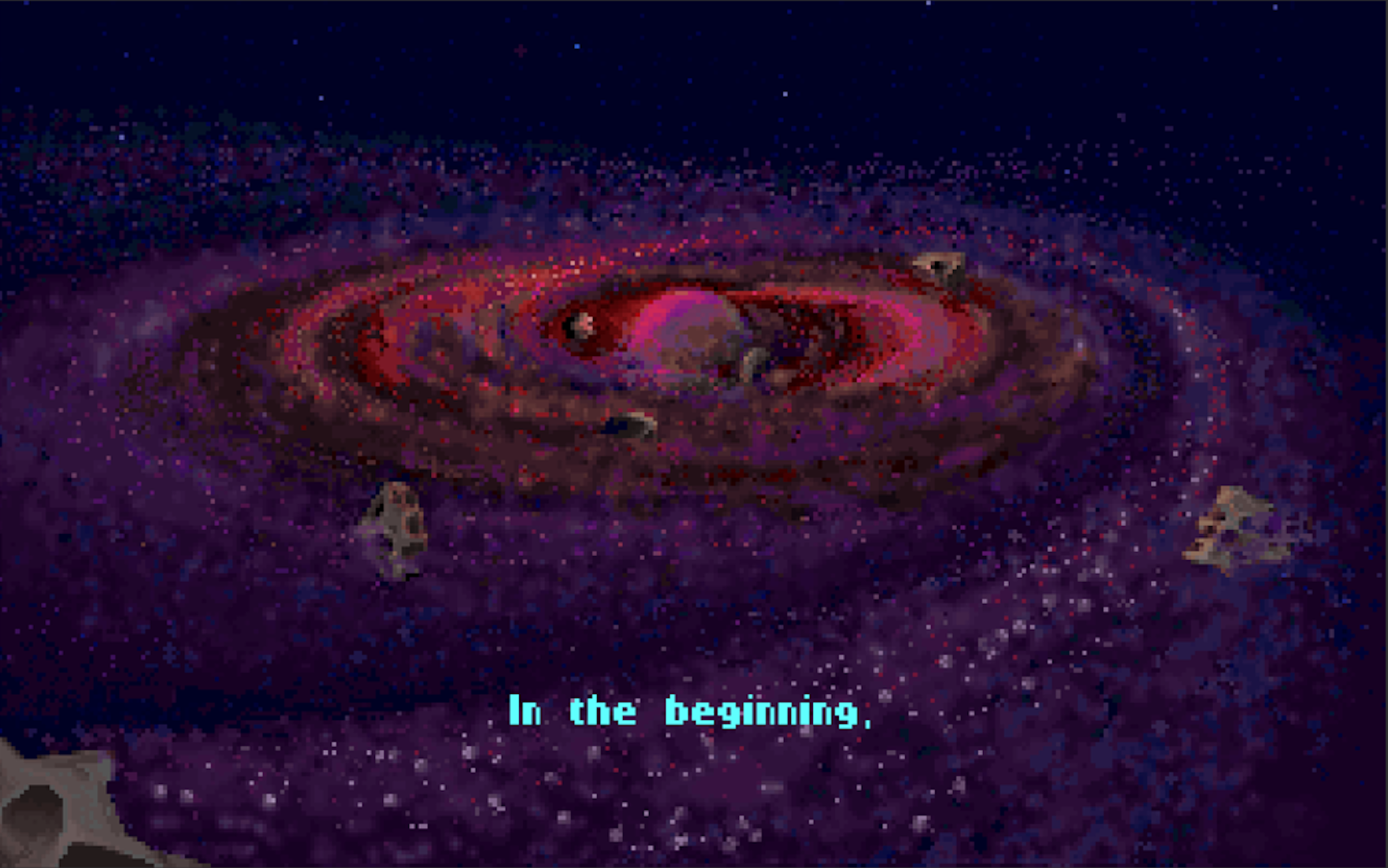Mike's house. 1991.
A basement, MS-DOS and the duct-taped chair. I can clearly recall my first encounter with the game Civilization at a friend's house. This once again by way of his older brother, who was the pipeline by which we experienced the iconic software of the 80s and 90s.
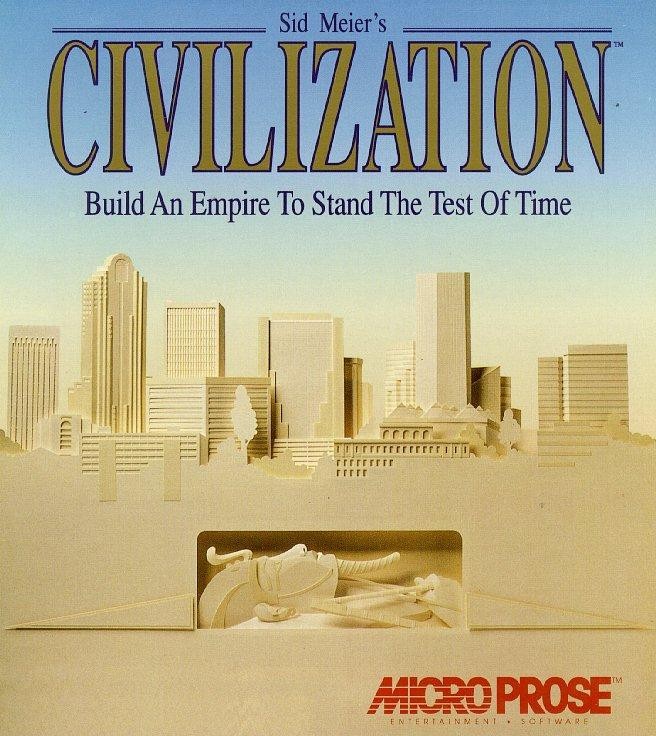
I'm now certain my parents were not equipped, generationally, or by experience, for the onslaught that greeted them when I arrived home. I became the early 90s version of an unblockable ad-network my parents were legally obligated to care for. Microprose had bought all the ads.
I was hooked right away. The wonder of your scientists discovering a new technology stood out in particular. Coming from Empire, this was magic, and the most excited for a game I can remember from that time.
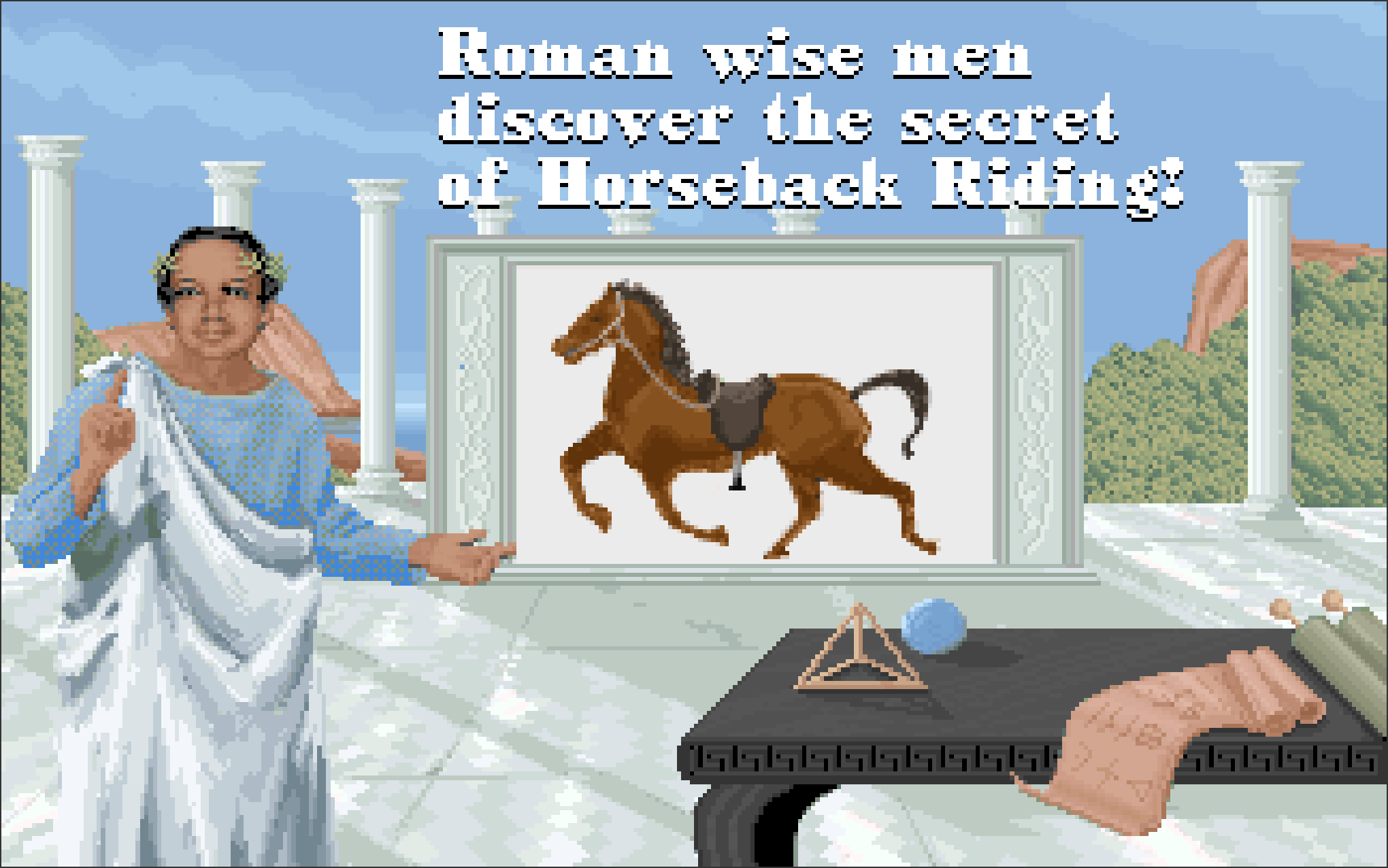
Civilization, a history
I recently came across a fascinating article about the making of Civilization, and I would highly recommend the site for those interested in the history of gaming generally.
In the years since the day in that basement, until reading this article, it had not occurred to me to think of Civilization as the game of everything.
It is also a great lens for introducing the idea of scientific modelling, one of the tools in the scientific toolbox we use to aid us in developing a better understanding of the world around us.
The game of everything
How do you build the game of everything? If you're Sid Meier and co., your objective must be fun. Because you make games, fun games are played, and fun games sell.
The game of everything is not (directly) about historical accuracy, or learning, or to deepen anyone's understanding of physical, natural, social or economic phenomena that make up the lower-case-c-civilization we all live in.
It's about leveraging all of that, and our interest in it all, to make something fun.
The fabric of a digital reality
Still, if you want to make a game about everything, you're going to need a meaningful amount of everything to be represented in some plausible way: The natural and geographical world, population centers, human constructions, movement of people, technology, war, government, economy, production.
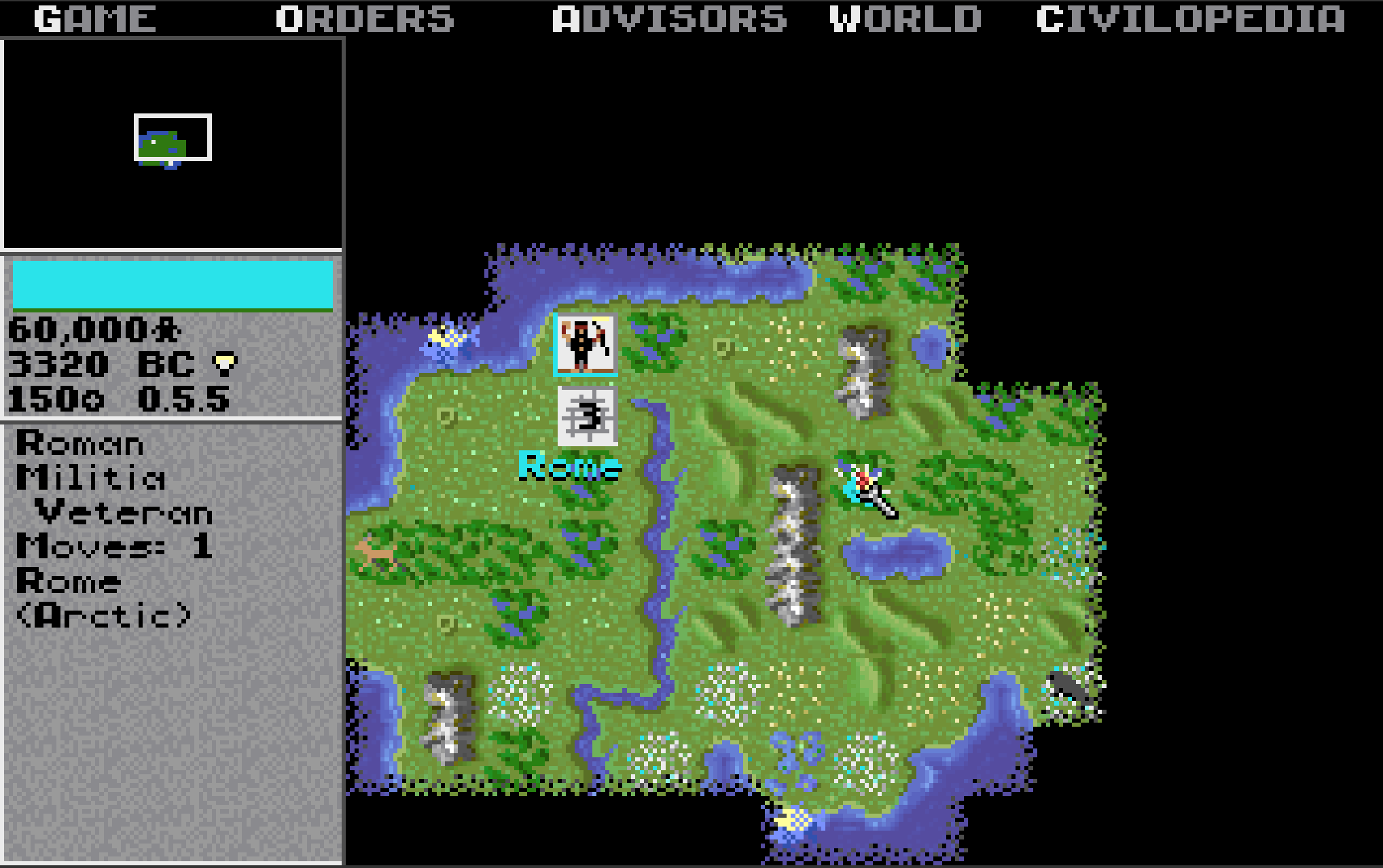 My early Roman empire circa 3320 BC, population 60,000. Rome's single militia unit, armed to the sticks, explores the undiscovered wilds. Beside Rome runs a river, through tile of swamp, hill and tundra. Above, a rich, inexhaustible fishing area, non-migratory deer in the forest, a gem deposit, and seals and on the southern tundra.
My early Roman empire circa 3320 BC, population 60,000. Rome's single militia unit, armed to the sticks, explores the undiscovered wilds. Beside Rome runs a river, through tile of swamp, hill and tundra. Above, a rich, inexhaustible fishing area, non-migratory deer in the forest, a gem deposit, and seals and on the southern tundra.
Too much detail and the game of everything overwhelms. Being overwhelmed is not fun.1
Too little detail and it doesn't support the fiction that we're building a civilization to stand the test of time.
So what are the game designers' to do in scoping this problem of building a simple, tractable approximation of everything. Not everything everything though! A model of everything the player can understand and have fun with.
The model of everything
Civilization - the game - can be thought of as a model of the many phenomena that make up actual human civilization throughout history.
The game designers built abstractions - aggregations of important concepts such as technology, military units and cities - to stand in for the vast variation represented by these concepts in reality.
In cases where abstractions threaten to become unwieldy, or interactions among them too complex, simplifications were made to remove details that didn't support the purpose of the game (having fun).
Using these key conceptual tools: Abstraction and simplification, a really fun model of everything was born.2
Abstraction
 Our top scientists have discovered that we can ride on the back of horses (and ONLY horses, apparently). Additionally, they believe if we can hold onto the back of a moving horse + discover the exciting future technology of Feudalism (*so excited*) we'll be able to build the Knight, an advaned military unit.
Our top scientists have discovered that we can ride on the back of horses (and ONLY horses, apparently). Additionally, they believe if we can hold onto the back of a moving horse + discover the exciting future technology of Feudalism (*so excited*) we'll be able to build the Knight, an advaned military unit.
Consider technology3 in Civilization. It isn't a continuous process of small refinements and potentially significant breakthroughs, steps forward and back and everything in between. Technology is modeled as a tree of discrete discoveries that occur when a specific amount of your civilization's total production is directed toward science. A well-defined technology (such as Horseback Riding) is received permanently, and its implications and uses immediately understood.
Simplification
 "86th day of siege. Drafted a memo to division headquarters. Stalled supply train is impacting our ability to fortify siege and trenchworks. Morale is low. The 41st supply detachment has started building a resupply road at grid ..."
"86th day of siege. Drafted a memo to division headquarters. Stalled supply train is impacting our ability to fortify siege and trenchworks. Morale is low. The 41st supply detachment has started building a resupply road at grid ..."
In Civ, Military units are a single tile that can be moved around a map. No logistical considerations or supply trains.4 Combat between units doesn't require laying out trenches, ensuring individual units are supplied and equipped, or the application of small unit tactics. No generals, leaders, morale or reliability of units, or their morale. It's a dice roll with some modifiers. It has a very simple model of combat.
Barely building a bridge...5
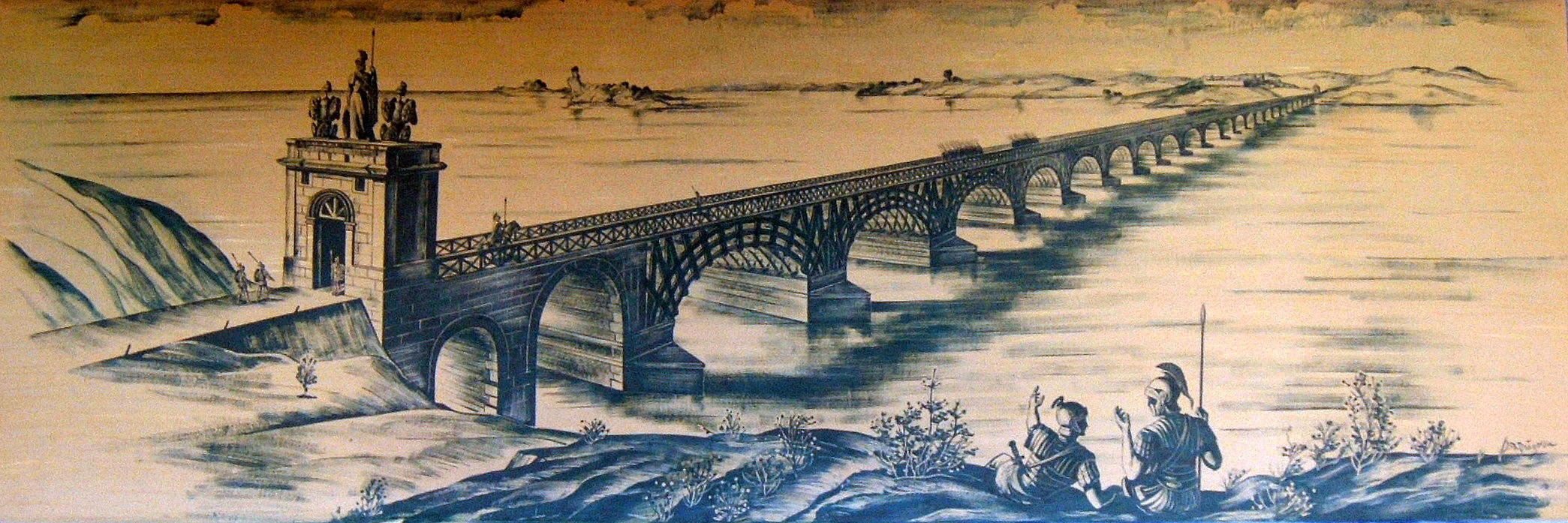
Remember the river in my early Roman empire? To build a road across a river requires the discovery of Bridge Building. This technology is a simple abstraction in the game. You get the tech, and your units can immediately build nice little bridges over any river, anywhere.
Let's now switch our thinking from a game to real life. What if we were interested in a real and useful understanding of the technological capability for building bridges.

It's quickly apparent that this is a scientific and engineering rabbit hole. We'll find we need to know about materials science, structural engineering, to be able to predict river conditions, understand the economics of bridge building and maintenance, and figure out how to monitor a working bridge for faults. And much more.
In the game, this is all abstracted and simplified away, but it's critically important if you want to build a bridge in the real world.
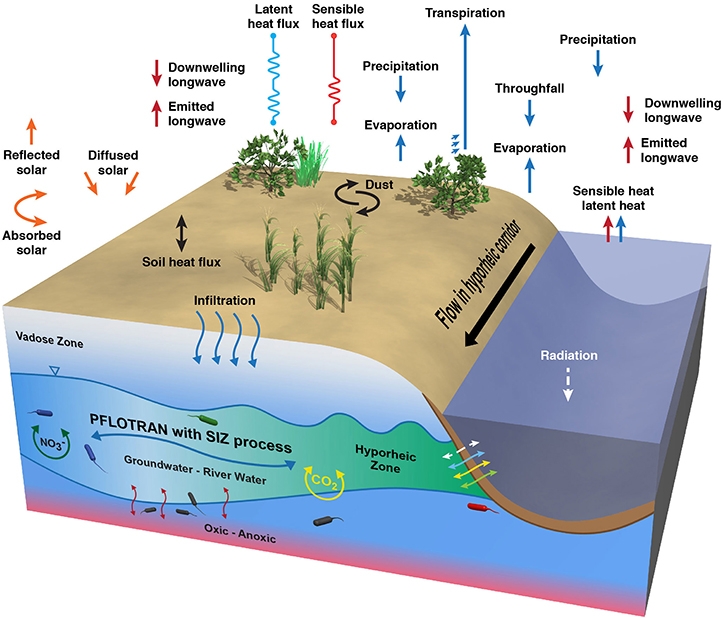
Building models to stand the test of time
In the same way modelling can be used to make a game like Civilization, it can be used as a tool to build a grounded and useful understanding of natural and non-natural phenomena in the real world. It's an important tool in the scientific toolbox.
Scientific models are in fact widely useful for understanding physical, natural, social and economic phenomena - why they are the way they are, and how they change over time.
Scientific modelling
Scientific modelling is an activity in which we gather important information about something into useful abstractions, while making simplifications to remove what is unimportant; this to create a useful and economical description of what we're interested in.
The resulting model is never a faithful transcription of the fabric of reality, and so is almost always wrong - but it's often useful.
All models are wrong, some are useful
Building models always results from some purpose. For the game Civilization it was to build something fun. In science, there are all sorts of reasons to build models, and it will not always result in highly accurate, actionable, models.
If it's a purpose that causes the model to be built, then what is the measure by which the model is judged? Quite simple, in theory: That it is useful for its intended purpose.
In terms of purpose, we can build a model to help us learn the very basics of something, to predict how it might change in the future, or perhaps to explain its structure at a point in time.
If the result is that we understand a bit more than before, or our prediction seems good, or the behaviour of said phenomenon is more obvious, well, then, our model is useful.
But reality and the scientific process are... complex. More than one model can exist for the same purpose, and models can (and should) be ranked against others. Building models is not sufficient for good science. Rather, they are a powerful tool used alongside theory building, experimentation, falsification and a genuine curiosity.
Silico and models
Silico is all about building models out of code.6 This is often a critical step in the model building process in the modern world, as models rendered in software can use the power of computers to simulate, visualize and better understand the model - and more importantly - the thing it represents.
One way to think about this is that computer modelling becomes a tool for augmenting the power of human thought. We think up how the model fits together, the computer does the heavy lifting... or calculating, in this case.
Silico helps a model builder deal with all the things that make scientific programming messy and time consuming: Data, version control, sharing, replicating, reproducing, modifying, teaching: All that practical work involved in turning science into useful software.
Footnotes
- There are of course a lot of games designed to appeal to detail in the simulation of one thing or another, and are considered fun by their target audience. Subsequent interations of Civilization have added significantly more detail. What is "fun" can depend a lot on your target audience.
- I'm not implying here that model building is the primary activity in game design, or even a first-order concept (i.e. that the game designers think in these terms). Art, music, marketing, testing, iteration and all the rest would probably be front and center. Rather, this is a... model of modelling in game design. Models all the way down, if you will.
- Civilization has a "technology tree." Each discovery is dependent on a previous set of discoveries. Additionally, discoveries can be captured or traded, in which case dependencies do not have to be satisfied. For example, a pre-industrial civilization without electricity gifted "computers" would now be capable of producing computers. All models are wrong...
- Civilization's concept of "unit maintenance" abstracts some of the logistical considerations for military units. It's not possible, for example, for a unit to be surrounded and run out of food or ammunition. Iirc, there are some Civ games that model the idea of being flanked/surrounded with combat modifiers, so these concepts are included in some cases. Regardless, military logistics at a tactical or strategic level is not something directly managed by the player.
-
...The saying goes: "Any idiot can build a bridge. It takes an engineer to barely build a bridge." Actually a pretty interesting idea that, in part, implies that better understanding the constraints imposed on a task allows for a more economical (and thus, realistic) solution.
I suppose there's a basic technological sophistication relative to the problem that's also implied - such that there is an obvious, perhaps crude, but implementable solution that could be formed from accessible know-how, tools or materials. It's not immediately obvious at this point in our history that'd we'd say "Any idiot can get to Mars, it takes an engineer to barely get there," although a measure of validity remains. Some day perhaps.
